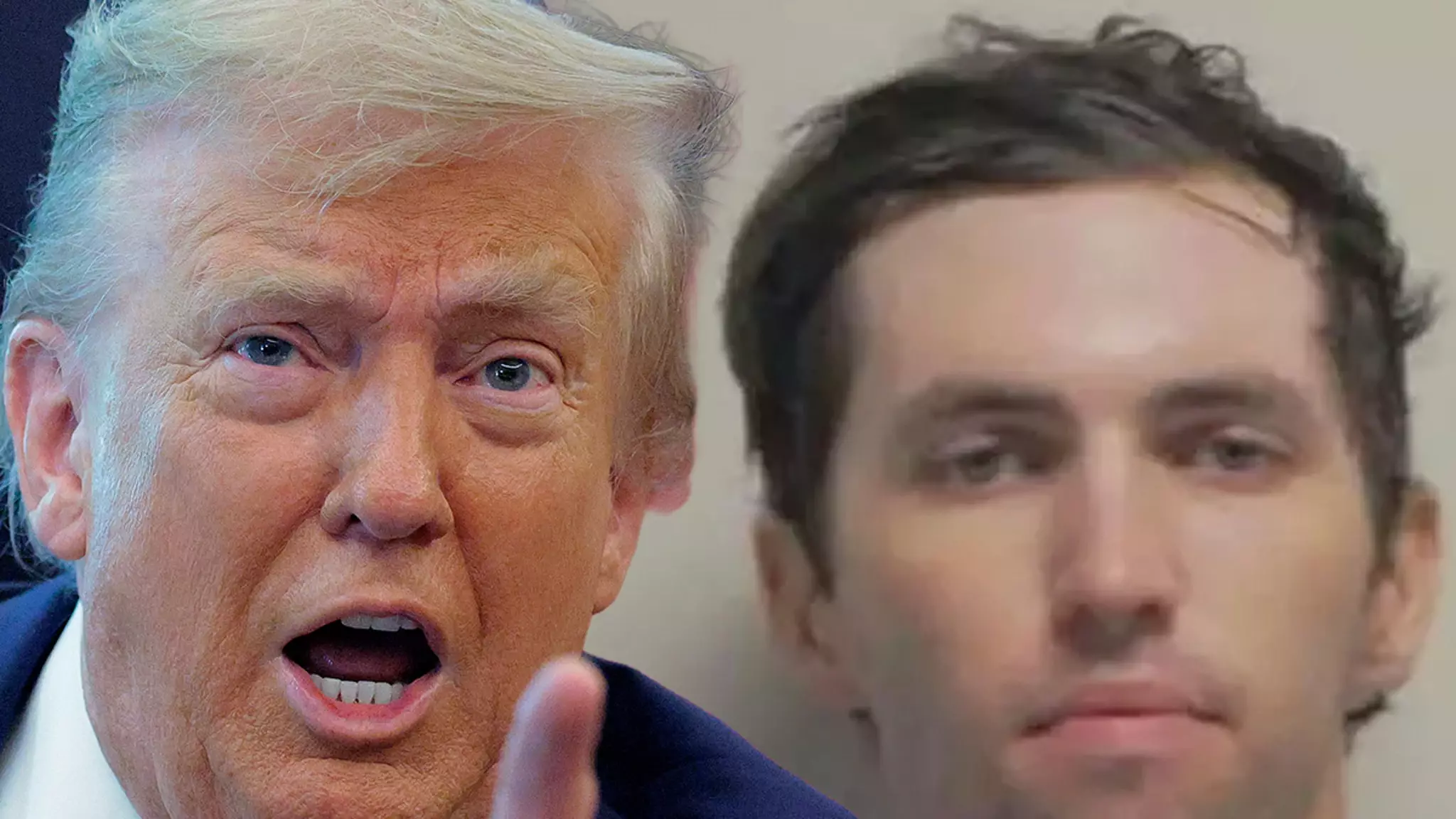In recent years, the debate over capital punishment has experienced a paradoxical revival, driven by hardline political figures and community voices demanding justice for heinous crimes. High-profile figures like President Trump publicly endorse the execution of individuals accused of grave offenses, emphasizing the importance of retribution and deterrence. Such support signals a shift toward embracing an older, more punitive model of justice that many once considered outdated or morally questionable. When leaders champion the death penalty, they send a clear message about their stance on crime: that certain acts are so grievous they merit no leniency. This political backing bolsters efforts to reinstate or expand capital punishment, even in states where it had been largely abandoned or limited.
This renewed enthusiasm, however, raises profound questions about the morality of state-sanctioned killing. Is it morally justifiable for a government to take a life, even in response to murder? Supporters argue it serves as a necessary tool for justice and societal protection; opponents contend it perpetuates a cycle of violence that undermines the very moral foundations justice seeks to uphold. The political discourse surrounding these issues often neglects the ethical complexities involved, opting instead for emotional appeals and rhetoric centered on strength, safety, and vengeance.
The Disturbing Reality of Capital Punishment Methods
The methods used for executions reveal a stark contrast between ritual and brutality. Utah’s utilization of both firing squads and lethal injections demonstrates a country grappling with its moral boundaries. While lethal injection aims to appear humane, the reality is often far more disturbing than the sanitized image state executions project. The case of Ronnie Lee Gardner’s 2010 firing squad execution exemplifies this complexity. The execution was swift, but the unanticipated discharges raise unsettling questions about the humanity and reliability of such methods.
The image of trained law enforcement volunteers aiming rifles at an inmate’s chest, effectively turning death into a choreographed act, is a chilling reminder of the dehumanization involved. The ambiguity surrounding who fired the fatal shot adds another layer of moral discomfort—what appears to be a mechanical procedure becomes a lottery of lives, highlighting the fragility of notions of justice and accountability. When the state resorted to firing squads again in recent history, it underlined how methods can shift not out of necessity but cultural preference or a reluctance to fully embrace more clinical procedures like lethal injection.
Lethal injection, portrayed as more humane, is itself fraught with controversy. The use of pentobarbital and the procedures involved in lethal injections have come under scrutiny due to apparent botched executions, questions about what constitutes cruel and unusual punishment, and the potential for prolonged suffering. The veneer of civility masks a process that remains inherently violent—one that forcibly terminates life in a manner that often fails to quell ethical unease.
The Justice System and Political Pressures in Capital Cases
Robinson’s case illustrates the formidable challenges and moral dilemmas intrinsic to capital punishment. The lengthy legal process—seeking prosecutors to pursue the death penalty, securing convictions, and meeting the stringent criteria—reflects not only judicial procedure but also the societal debates about whether justice truly demands such irreversible measures. Politicians and legal officials walk a tightrope: balancing community demands for retribution against the moral and ethical obligations that may oppose state execution.
In Utah, the support from lawmakers like Governor Spencer Cox and the influence of law enforcement officials underscore the political will driving these prosecutions. The decision to seek the death penalty often hinges on specific criteria—especially if the murder involved extreme depravity or placed many lives at risk. However, beneath this procedural surface lies a deeper moral question: Should personality, circumstances, or the nature of the crime justify taking a human life? The power vested in prosecutors, like Jeffrey Gray, becomes ethically charged, as each decision potentially transforms justice into an irreversible act.
Furthermore, the debate reflects broader societal tensions—are we, as a society, capable of delivering justice without succumbing to revenge? Or does capital punishment inevitably perpetuate a cycle of violence, undermining our moral integrity? As legal processes lengthen and public discourse intensifies, it becomes clear that the death penalty serves as much as a political and cultural symbol as a tool of justice.
The Future of Justice or Revenge?
The ongoing push for capital punishment reveals a society divided on what justice truly means. Is it about restoring balance, determent, or retribution? Or does it symbolize a primitive desire for vengeance cloaked in legal authority? Given the merciless methods, flawed execution procedures, and morally fraught debates, the current trajectory suggests a need to reevaluate whether state-sanctioned death can ever be morally defensible.
Moreover, the potential execution of individuals like Tyler Robinson exemplifies how these moral dilemmas play out in tangible ways. As society grapples with the morality, efficacy, and humanity of capital punishment, the question remains: Are we choosing progress and moral growth, or are we clinging to outdated notions of justice that perpetuate violence? Such reflections challenge us to consider whether our justice system should evolve beyond the spectacle of the death penalty into a model rooted in compassion, rehabilitation, and human dignity.

